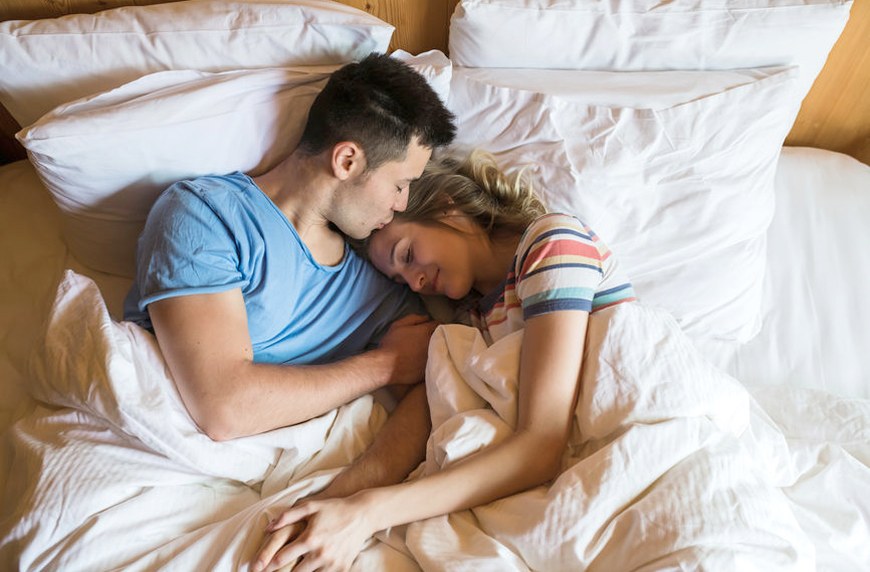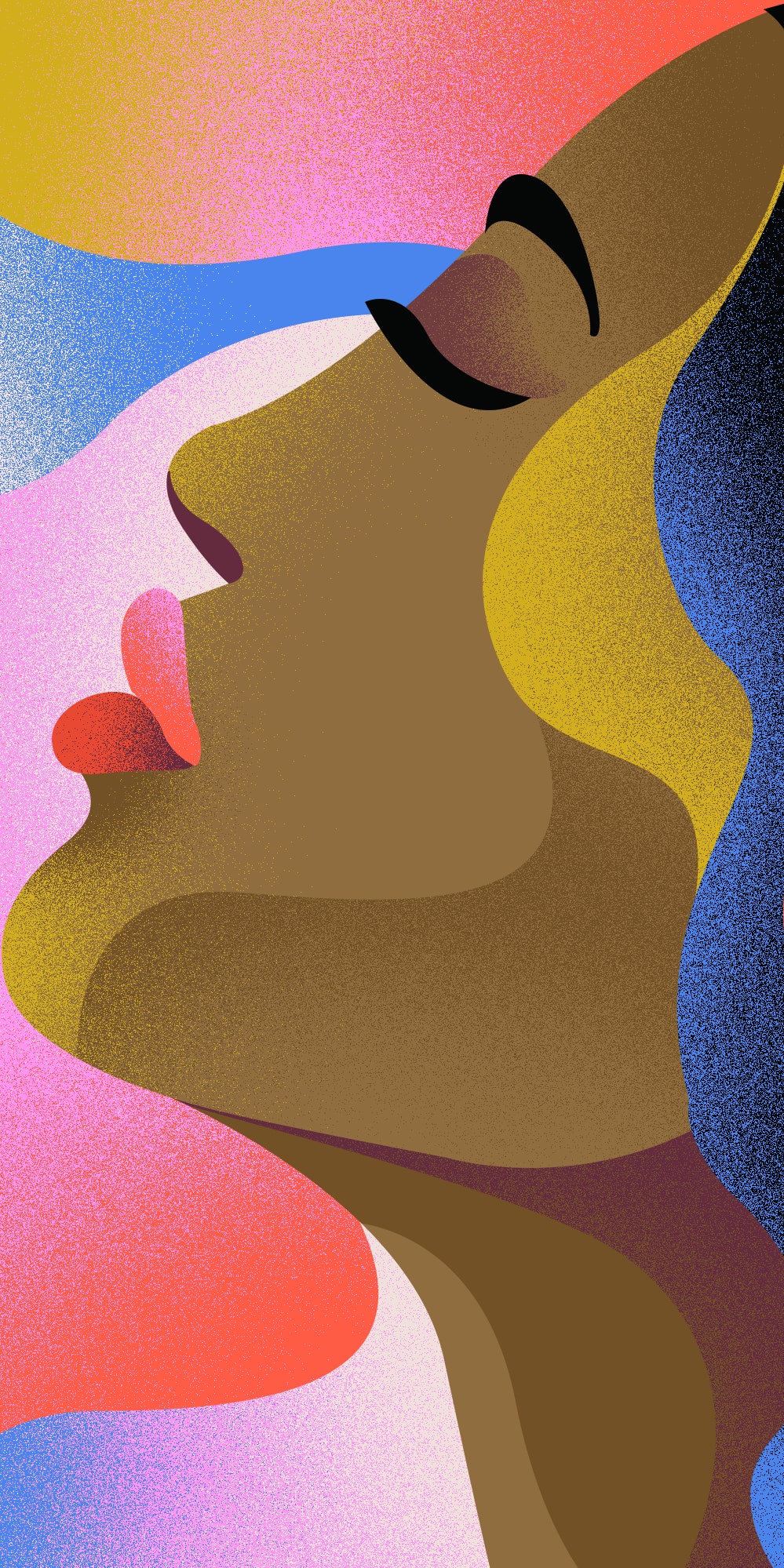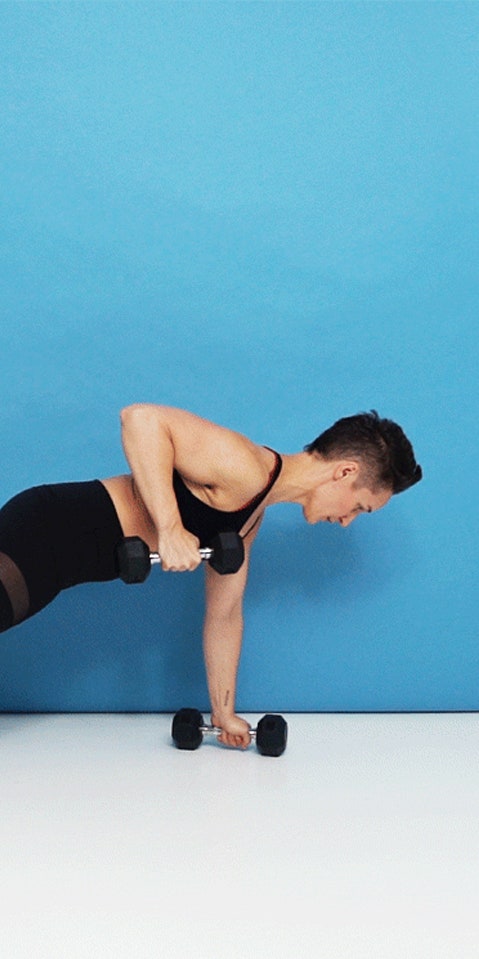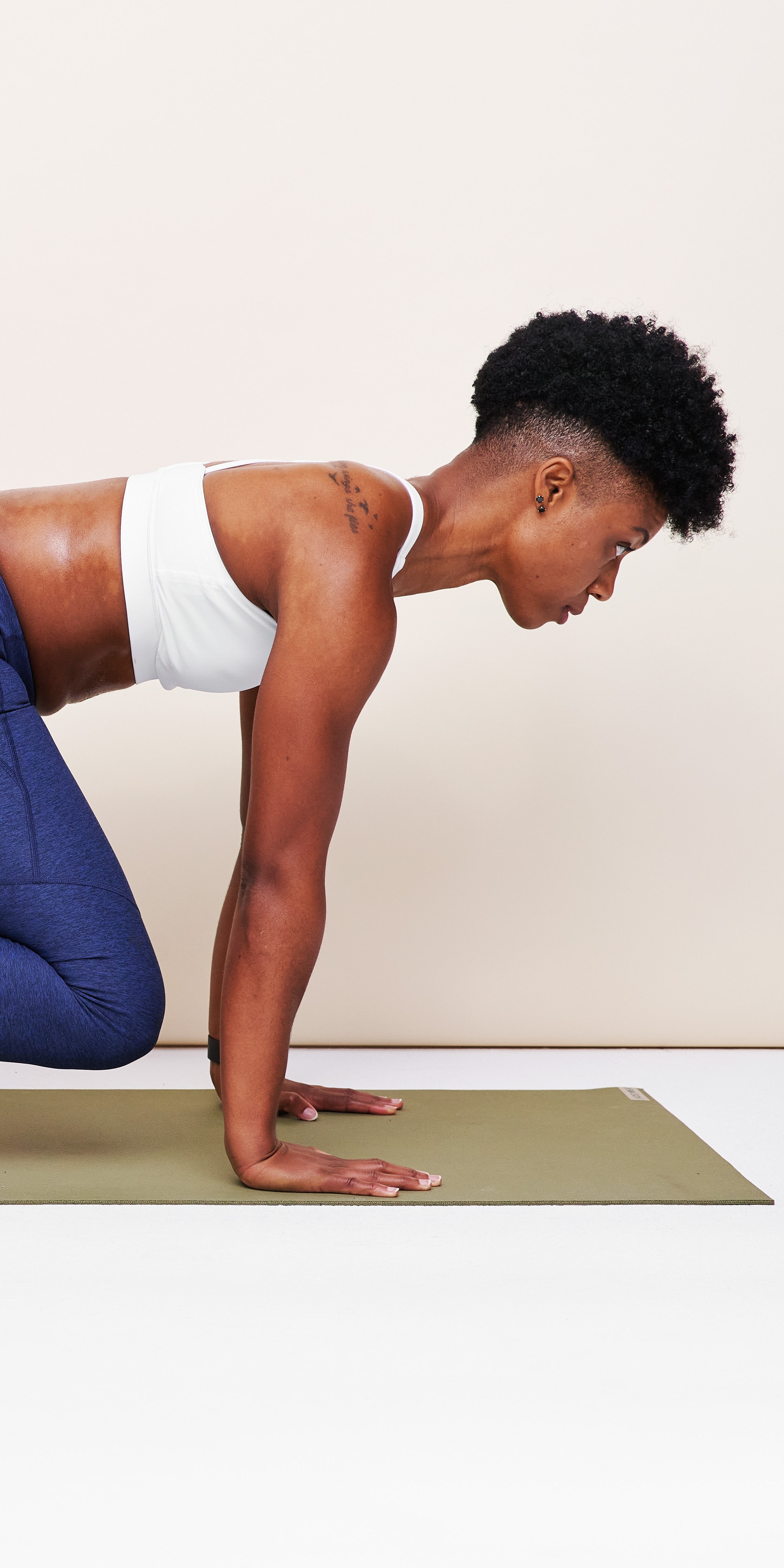
This article is part of SELF’s Rest Week, an editorial package dedicated to doing less. If the last few years have taught us anything, it’s that taking care of yourself, physically and emotionally, is impossible without genuine downtime. With that in mind, we’ll be publishing articles up until the new year to help you make a habit of taking breaks, chilling out, and slowing down. (And we’re taking our own advice: The SELF staff will be OOO during this time!) We hope to inspire you to take it easy and get some rest, whatever that looks like for you.
Carving out time in your schedule to take it easy isn’t lazy—it’s a crucial component of self-care that can seriously boost your mental and physical health. And that’s where a restorative yoga stretch routine with some feel-good stretches comes in.
According to the Mayo Clinic, practicing relaxation techniques—which include yoga stretches—can lead to a ton of benefits, including decreased heart rate and blood pressure, boosted mood and focus, and reduced pain and muscle tension, among many other perks. So adding a yoga stretch sequence can be a simple and convenient way to add more chill to your day, even if you’re not planning on leaving your house.
In fact, a restorative yoga sequence may be especially apt on those days when you’re just lounging at home. Ever notice how your joints can feel a little stiff after a Netflix marathon? With a restorative yoga sequence you can maximize relaxation activities by loosening key areas of the body that tighten up from lots of sedentary time. In other words, slotting a quick yoga stretch sequence alongside other relaxation activities can help you unwind while also making sure your body feels its best.
Yoga helps you relax because it’s an extremely grounding activity, London-based yoga teacher Jen Landesberg, RYT, an instructor with the fitness app EvolveYou, tells SELF. By moving your body through a series of poses, you can get out of your head and focus instead on the here and now of what your body is doing, she says.
As a study published by the International Journal of Yoga puts it: “Yoga encourages one to relax, slow the breath and focus on the present, shifting the balance from the sympathetic nervous system and the flight-or-fight response to the parasympathetic system and the relaxation response.”
“That’s kind of the magic of yoga,” Landesberg says. “It keeps us in the present.”
Best part is, you don’t need to leave your house or spend a ton of time in poses to reap the benefits. “When people think they have to go to an hour and a half class, I’m like, no!” Landesberg says. Even a few minutes flowing through poses at home in your pajamas can help center you, she says.
With that in mind, Landesberg designed the following six-move yoga sequence that can help soothe a busy mind while also loosening achy muscles that might result from a tough workout or from sitting for long periods of time. This flow targets areas of the body that can be chronically tight in a lot of people—hips, back, neck, shoulders, legs, and glutes—with poses that bring you on (or close to) the floor as a way to help you literally feel grounded. The sequence ends with an especially chill pose—legs up the wall—that requires pretty much zero effort and delivers “complete calmness and relaxation,” Landesberg says.
You don’t need to be an experienced yoga practitioner to do this sequence; it’s meant to be accessible for a wide range of folks. You can do this flow from home and at any time of the day, but Landesberg recommends incorporating it in the evening since it focuses on lowering your energy levels and easing you into a calmed state. “This would be unreal to do before bed,” Landesberg says. In fact, you could do most of it in bed.
The Workout
What you need: A sturdy wall or door for legs up the wall pose. The rest of the poses are done with just your bodyweight! You may want a yoga mat for comfort.
Exercises
- Child’s Pose
- Cat-Cow
- Puppy Pose
- Thread the Needle
- Figure Four
- Legs Up the Wall
Directions
Do each pose for 5 to 10 breaths, or longer if you’d like, before going on to the next posture. Do all poses once.
Demoing the moves below are Jessica Rihal (GIFs 1 and 3), a plus-size yoga instructor (200-HR) and a strong advocate of fitness/wellness for all bodies; Shauna Harrison (GIF 2 and 4), a Bay-area based trainer, yogi, public health academic, advocate, and columnist for SELF; Gail Barranda Rivas (GIF 5), a certified group fitness instructor, functional strength coach, Pilates and yoga instructor, and domestic and international fitness presenter; and Nikki Pebbles (GIF 6), a special populations personal trainer in New York City.
-
Pinterest
Meiko Arquillos1 Child’s Pose
- Kneel on your mat with your knees hip-width apart or wider and your toes touching together behind you. Take a deep breath in, and as you exhale lay your torso over your thighs and extend your arms in front of you so that your palms rest on the floor.
- Lengthen your neck and spine by drawing your ribs away from your tailbone and the crown of your head away from your shoulders.
- Rest your forehead on the floor.
- Hold for 5 to 10 breaths.
This pose is a “wonderful hip opener,” Landesberg says. It also helps lengthen the spine and upper body, she adds.
-
Pinterest
Kelsey McClellan2 Cat-Cow
- Start on all fours with your shoulders over your wrists and hips over knees.
- Take a slow inhale, and on the exhale round your spine and drop the crown of your head toward the floor (this is the cat posture).
- Inhale and lift your head, chest, and tailbone toward the ceiling as you arch your back for cow.
- Continue this pattern, rounding and arching your spine, for 5 to 10 breaths.
This pose is amazing for your spine, and it also opens up the chest, says Landesberg.
Most Popular
- 5 Less Obvious Signs of Seasonal Depression You Should Definitely Pay Attention To
By Maggie O’Neill
- 42 Creative Valentine’s Day Gifts for Guys
By Sarah Madaus
- Just Some Fun Sex Toys You and Your Partner Will Love
By Gabrielle Kassel
-
Pinterest
Meiko Arquillos3 Puppy Pose
- Get into tabletop position with your wrists under shoulders, knees under your hips.
- Walk your arms forward and bring your chin to the floor while keeping your butt lifted above your knees. Your arms should be stretched in front and your armpits lifted off the floor. You should feel a stretch in your armpits, across the front of your chest, and in your core.
- Hold for 5 to 10 breaths.
This stretch specifically targets your mid-back, and it’s also “a really nice chest opener,” Landesberg says. Additionally, resting your chin on the floor helps open the neck and throat, which can counteract the hunched forward posture many of us hold throughout the day, she adds.
-
Pinterest
Kelsey McClellan4 Thread the Needle
- Start in a tabletop position with your shoulders stacked directly over your wrists and hips over your knees.
- Reach your right arm underneath your left and across your body with your palm facing up.
- Bend your left elbow as you gently lean into your right side; you should feel a stretch in the back of your right shoulder.
- Hold for 5 to 10 breaths, then repeat on the other side.
This pose is really great for the spine, Landesberg says. It also targets your shoulders, arms, and neck, she adds.
-
Pinterest
Katie Thompson5 Figure Four
- Lie faceup with your knees bent and feet flat on the floor.
- Cross your left foot over your right thigh.
- Lift your right foot off the floor. Hold the back of your right thigh and gently pull it toward your chest, keeping your left perpendicular to your torso (not allowing the knee to bend in toward your head).
- When you feel a comfortable stretch, hold there.
- Hold for 5 to 10 breaths, then repeat on the other side.
This pose helps open up the glutes and hips, which can be chronically tight in people who are sedentary most of the day. It’s also great for people who run or have a regular strength training practice but don’t stretch often, Landesberg says.
Most Popular
- 5 Less Obvious Signs of Seasonal Depression You Should Definitely Pay Attention To
By Maggie O’Neill
- 42 Creative Valentine’s Day Gifts for Guys
By Sarah Madaus
- Just Some Fun Sex Toys You and Your Partner Will Love
By Gabrielle Kassel
-
Pinterest
Katie Thompson6 Legs Up the Wall
- You’ll need a sturdy wall or door for this stretch.
- Lie faceup with your knees bent, feet flat on the floor, and toes touching the wall.
- Slowly walk your feet up the wall, as you wiggle your butt and hips closer to the wall until your legs are overhead, fully extended, and your butt, thighs, and calves are all pressed against the wall.
- Keep your knees relaxed (do not lock your knees) and your arms comfortably at your sides. Experiment with flexing and pointing your feet, and then letting your ankles fully relax.
- Stay in this position for 5 to 10 breaths or longer.
This pose helps lengthen the hamstrings and calves and boosts circulation in your legs, Landesberg says. It may also help to relieve tightness in your lower back, as that can sometimes be caused by tight leg muscles, she explains. Feel free to stay in this pose for a longer time than the others—think 5 to 10 minutes—if your schedule allows. You can use that time to focus on deep breathing, Landesberg adds. She suggests trying a technique called “wave breathing,” where you inhale air into the belly and then into the chest, and then exhale out of the chest first, followed by the belly. Or, consider “box breathing”—essentially, a pattern where you breathe in for four counts, hold for four, breath out for four, and hold for another four, Landesberg explains.















